Travel India for Cultural Diversity, India is a place where history, culture, and tradition come together to create a colorful picture of many different ways of life. With its old civilizations, local languages, tasty foods, and unique customs, exploring India is like diving into a world of culture that you can’t find anywhere else. From the snowy mountains in the north to the peaceful waterways in the south, India is a beautiful mix of cultures waiting to be discovered.
- Understanding India’s Cultural Diversity
- Major Cultural Regions of India
- Festivals: A Celebration of Diversity
- Indian Art and Craft: A Reflection of Regional Diversity
- Cuisines: A Journey of Flavors Across India
- Dance and Music: The Rhythms of Diversity
- Experiencing Local Life: Village Tourism and Homestays
- Tips
- Conclusion:
- FAQs
Understanding India’s Cultural Diversity
India is more than just a country; it’s a huge land with a civilization that goes back over 5,000 years. It’s home to many different people, religions, and languages. You can see India’s cultural diversity in its 28 states and 8 union territories, each with its own special character. Hinduism, Islam, Christianity, Sikhism, Buddhism, Jainism, and other religions live together peacefully, making a country where every festival, dance, and tradition has a special meaning.
Major Cultural Regions of India
To really understand India’s cultural diversity, it’s helpful to divide the country into different parts, each with its own special traditions, festivals, art, and way of living.
a. North India: A Cradle of Ancient Civilizations, for Travel India for Cultural Diversity
North India is where you can see the influence of the Mughal Empire, the Hindu kingdoms, and Buddhist heritage. Some highlights include:
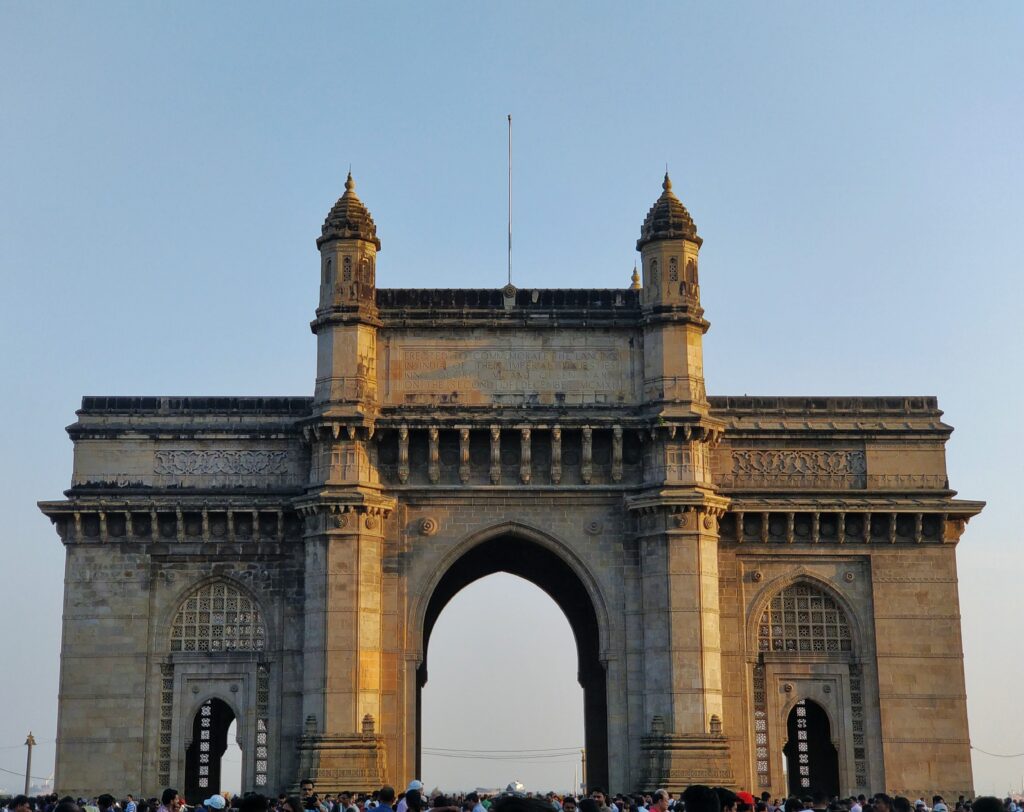
Rajasthan: Known for its royal heritage, vibrant festivals, and grand palaces like the City Palace in Jaipur and Mehrangarh Fort in Jodhpur.
Delhi: The capital of India, where Mughal architecture (Red Fort, Jama Masjid) meets modern skyscrapers.
Uttar Pradesh: The home of Varanasi, one of the oldest cities in the world and a sacred site for Hindus. Also home to the iconic Taj Mahal in Agra.
b. Western India: A Blend of Traditions and Modernity
The western part of India shows its rich Maharashtrian and Gujarati culture.
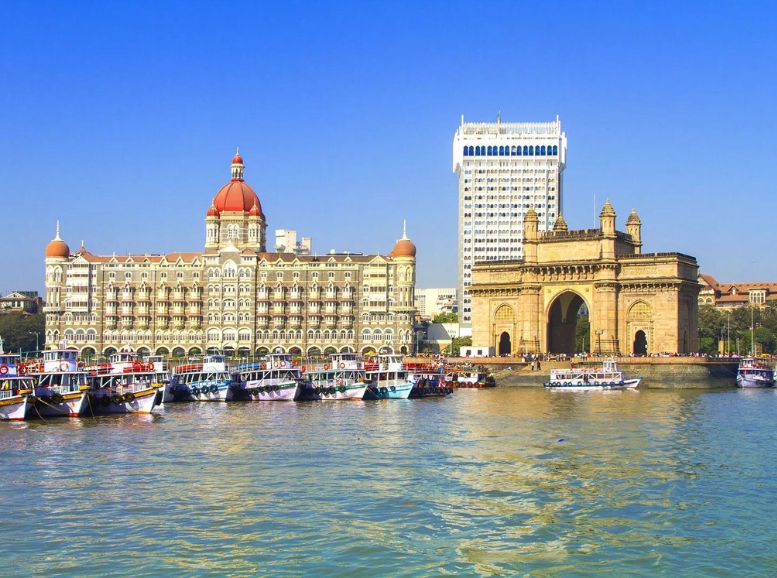
Goa: With its Portuguese colonial past, Goa’s unique mix of Catholic and Hindu cultures offers a different way of life seen in its festivals, buildings, and food.
Maharashtra: Mumbai, the city of dreams, is the cultural center, combining traditional Marathi heritage with the glitz of Bollywood.
Gujarat: Known for the Garba dance, beautiful temples, and the amazing Rann of Kutch festival.
c. South India: Land of Temples and Dravidian Heritage
Southern India is known for its rich Dravidian culture and deep-rooted traditions.
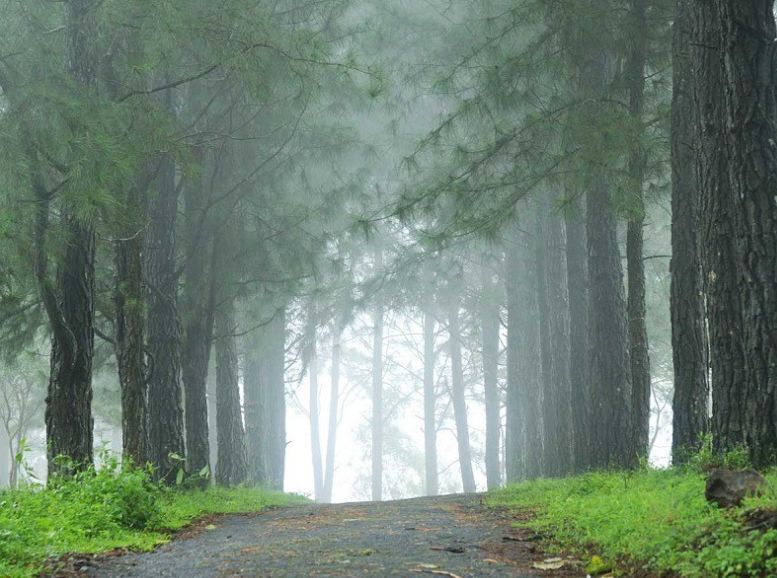
Andhra Pradesh & Telangana: Known for their classical Kuchipudi dance, vibrant festivals, and sacred temples like Tirupati.
Tamil Nadu: The state of temples like Brihadeeswara Temple and the classical dance form Bharatanatyam.
Kerala: Known as “God’s Own Country,” Kerala is famous for its Kathakali dance, Ayurveda, and unique backwaters.
Karnataka: A land of silk, coffee, and historical sites like Hampi, Karnataka has a flourishing cultural heritage.
d. Eastern India: Rich in Tribal Culture and Spirituality
Eastern India’s tribal heritage and ancient temples make it a culturally diverse region.
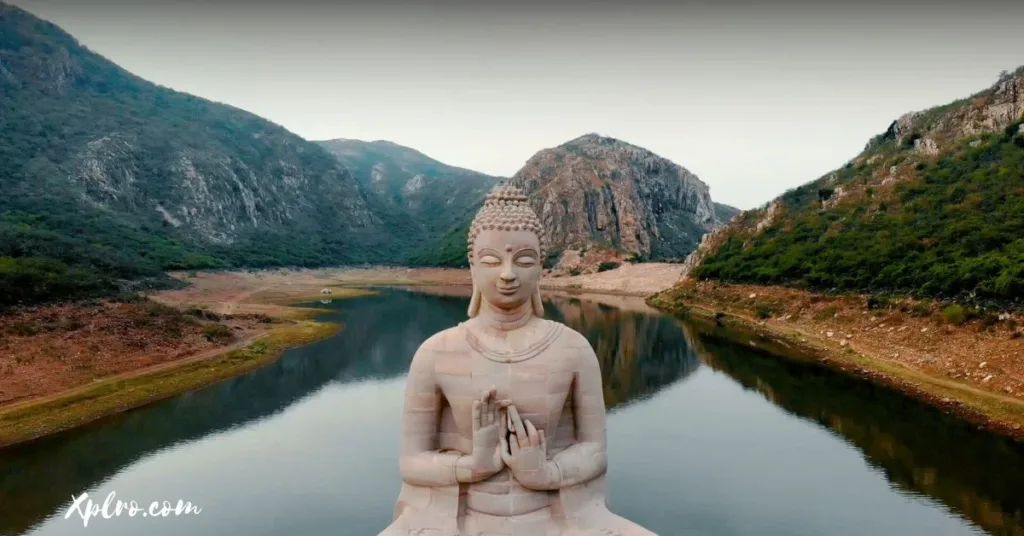
Bihar: The birthplace of Buddhism, where you can visit sacred sites like Bodh Gaya.
West Bengal: Famous for Durga Puja, the state is also known for its contributions to classical music, Rabindra Sangeet, and literary arts.
Odisha: Known for the Sun Temple at Konark and the Jagannath Puri Rath Yatra festival.
e. Northeast India: A World of Its Own
The Northeast is an undiscovered treasure of tribal cultures, festivals, and natural beauty.
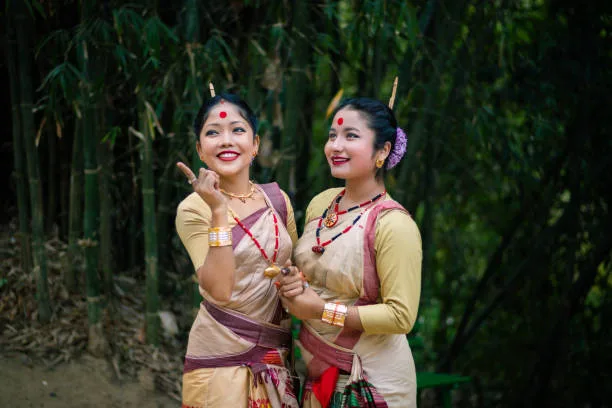
Nagaland, Manipur, Meghalaya, and others: Known for their indigenous tribal cultures, colorful festivals, and unique traditions, like the Hornbill Festival in Nagaland.
Assam: Famous for its tea gardens, the Bihu festival, and the ancient Kamakhya Temple.
Festivals: A Celebration of Diversity
India is a country of festivals, with each region having its own special celebrations. Experiencing these festivals gives travelers a real taste of India’s cultural diversity.

- Holi: The festival of colors celebrated across India, symbolizing the victory of good over evil.
- Diwali: The festival of lights, widely celebrated by Hindus, symbolizes the victory of light over darkness.
- Eid: Celebrated by Muslims, Eid marks the end of Ramadan with feasting and prayers.
- Pongal (Tamil Nadu): A harvest festival where people thank the Sun God for good crops.
- Durga Puja (West Bengal): A grand celebration of the goddess Durga in Kolkata, where huge idols are worshipped.
- Navratri and Garba (Gujarat): Nine nights of dance, music, and devotion to the Goddess Shakti.
Indian Art and Craft: A Reflection of Regional Diversity
Indian art and craft reflect the diverse cultures of each region:

- Textiles: From the silk sarees of Kanchipuram and Banarasi to the colorful Bandhani of Gujarat, each region offers unique fabrics.
- Pottery and Handicrafts: Rajasthan’s blue pottery, Kerala’s coir products, and Odisha’s Pattachitra paintings are some examples of India’s traditional crafts.
- Jewelry: Indian jewelry is also regionally distinctive, like Meenakari from Jaipur and temple jewelry from Tamil Nadu.
Cuisines: A Journey of Flavors Across India
Indian cuisine is as diverse as its culture. Every region has its signature dishes:

- North India: Famous for its rich Mughlai cuisine (butter chicken, kebabs), parathas, and chaats.
- South India: Known for its rice-based dishes like dosa, idli, and spicy curries.
- East India: Famous for its sweets like rasgulla and macher jhol (fish curry).
- West India: Gujarat offers vegetarian delights like dhokla, Maharashtra offers vada pav, and Goan cuisine is a blend of Hindu and Portuguese influences.
Dance and Music: The Rhythms of Diversity
India’s classical and folk dance forms are as varied as its languages.

- Classical Dance Forms: Bharatanatyam from Tamil Nadu, Kathak from North India, Odissi from Odisha, and Kathakali from Kerala are among the most famous.
- Folk Dance Forms: Garba from Gujarat, Bhangra from Punjab, and Ghoomar from Rajasthan showcase the vibrant energy of India’s local traditions.
- Classical Music: Hindustani and Carnatic music are the two major traditions of Indian classical music, enriched by centuries of history.
Experiencing Local Life: Village Tourism and Homestays
To truly understand India’s cultural diversity, travelers should experience local life. Many villages across India offer immersive tourism experiences:

- Rural Tourism, Travel India for Cultural Diversity: Explore the way of life in Rajasthan’s desert villages or the peaceful hamlets in Kerala’s backwaters.
- Homestays: Stay with local families in states like Himachal Pradesh, Kerala, or Meghalaya to experience local customs, food, and traditions up close.
Tips
Respect religious practices: Always dress modestly and take off your shoes when entering temples or mosques.
- Local Greetings: A “Namaste” with folded hands is a respectful greeting.
- Food Etiquette: Eating with your right hand is customary. Always accept food or gifts with your right hand.
Conclusion:
Traveling through India with Xplro.com is a journey through time, culture, and tradition. From the grandeur of historical monuments like the Taj Mahal to the colorful Holi festival, from classical dance forms like Kathakali to delectable cuisines like butter chicken, every part of India offers a distinct cultural experience. Whether you’re exploring the bustling cities of Delhi or Mumbai or the tranquil villages of Kerala’s backwaters, the rich diversity of India ensures that every traveler finds something unique and unforgettable. Experience local life through rural tourism or homestays, and remember to respect religious practices by dressing modestly and removing shoes in temples or mosques. Greet locals with a respectful “Namaste” and enjoy your Indian adventure!
FAQs
1. What makes India culturally diverse?
- Travel India for Cultural Diversity comes from its mix of religions, languages, and traditions. With 28 states, each having its own customs, Travel India for Cultural Diversity offers a unique experience in every region.
2. What are the must-visit cultural destinations in India?
- To Travel India for Cultural Diversity, visit places like Delhi, Rajasthan, Kerala, and Varanasi. These regions showcase India’s rich heritage, making them perfect stops when you Travel India for Cultural Diversity.
3. When is the best time to experience India’s festivals?
- The best time to Travel India for Cultural Diversity is between October and March, during major festivals like Diwali, Durga Puja, and Holi. This period offers a chance to witness India’s vibrant cultural celebrations.
4. What are some culturally rich experiences in India?
- When you Travel India for Cultural Diversity, don’t miss experiences like attending a traditional wedding, witnessing a Ganga Aarti in Varanasi, or enjoying classical dance performances like Bharatanatyam.
5. How can I respect local traditions when traveling in India?
- While you Travel India for Cultural Diversity, respect local customs by dressing modestly, removing shoes before entering temples, and greeting people with a “Namaste.” Understanding local etiquette enhances your travel experience.
6. What types of food can I expect in different regions of India?
- When you Travel India for Cultural Diversity, you’ll encounter diverse cuisines like North Indian curries, South Indian dosas, Bengali sweets, and Gujarati snacks. Each region’s food reflects its culture and traditions.
7. What are some unique art and craft traditions in India?
- Through Travel India for cultural diversity reveals various art forms like Rajasthani blue pottery, Odisha’s Pattachitra paintings, and Kanchipuram silk. Every region has its own craft heritage that adds to India’s cultural mosaic.
8. Is language a barrier when traveling in India?
- While there are many languages in India, English and Hindi are commonly spoken. When you Travel India for Cultural Diversity, communication won’t be a major issue, especially in tourist areas.
9. What are the major religions of India, and how do they influence culture?
- India is home to Hinduism, Islam, Sikhism, Buddhism, and more. As you Travel India for Cultural Diversity, you’ll see how these religions influence architecture, festivals, and daily life across regions.
10. What are some of the most famous cultural festivals in India?
- Famous festivals like Diwali, Holi, and Durga Puja showcase India’s vibrant traditions. Travelers seeking to Travel India for Cultural Diversity will find these celebrations a highlight of their journey.
11. Are there any unique tribal cultures to explore in India?
- Yes, Northeast India and states like Odisha and Chhattisgarh have rich tribal cultures. If you Travel India for Cultural Diversity, exploring these indigenous communities offers a deeper understanding of India’s heritage.
12. How can I experience Indian culture through homestays or local accommodations?
- Homestays are a great way to immerse yourself when you Travel India for Cultural Diversity. Staying with local families in regions like Rajasthan, Kerala, or Himachal Pradesh gives an authentic cultural experience.



